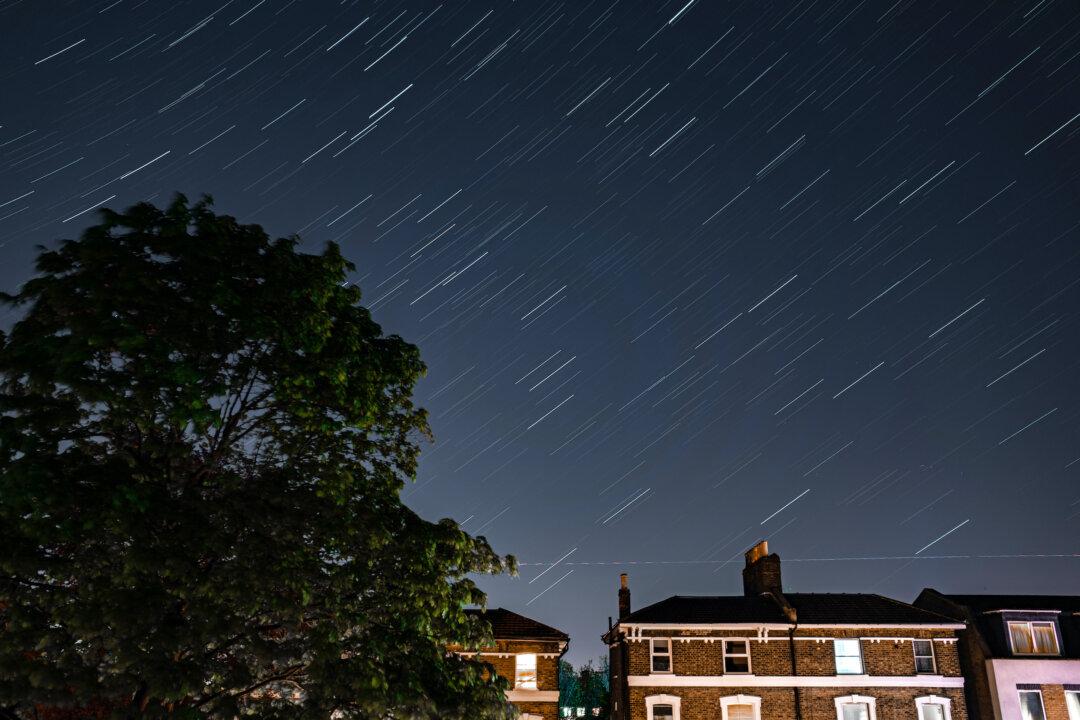The Eta Aquariid meteor shower is expected to peak on May 5, but a nearly full moon could outshine the show. Stargazers also have a chance to view the shower in the early morning hours before dawn on Sunday.
May is the best spring month to view meteor activity for those in the northern hemisphere, according to the American Meteor Society.




